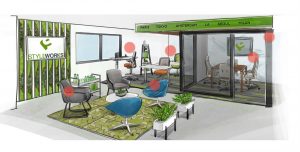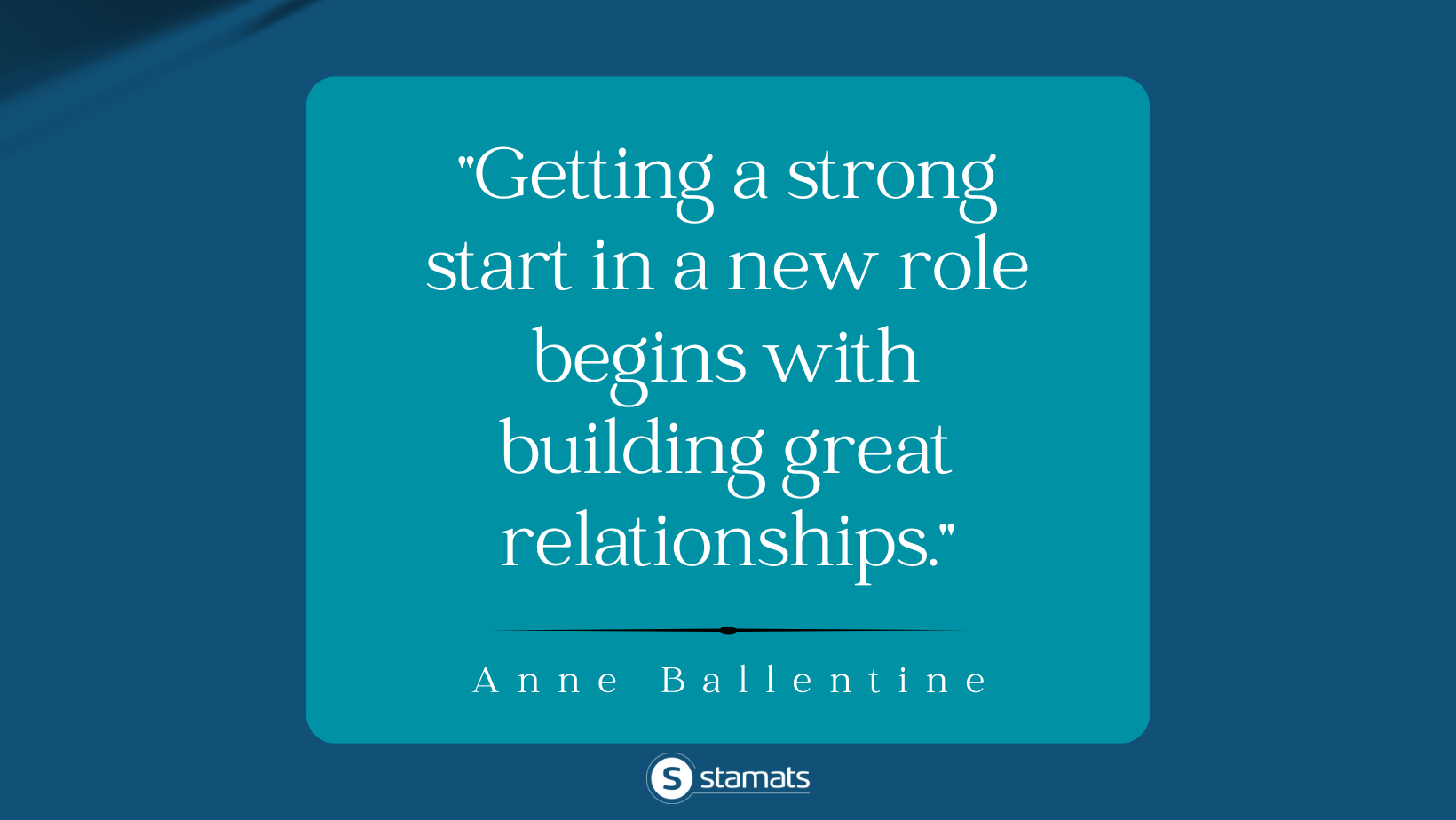Written by
on
Remember the olden days? You know, two years ago, when we worked together in offices, sat in classrooms, and attended in-person conferences across the world?
In our post-pandemic world, the rules of engagement have changed. To adapt a Madonna lyric, we are living in a hybrid world. Marketers and event planners know that professional development didn’t disappear with the advent of COVID-19—it simply became more agile.
People attending conferences expect to connect in-person and online. Attendees seek interactive experiences that boost their knowledge and further their careers, and they want easy, clear pathways to the content they crave.
So, how can you ensure a seamless hybrid event experience for in-person and virtual attendees? After nearly two years attending and hosting hybrid events, we’ve put together five tips to ensure you treat your online and live participants equitably and equally.
1. Start with a Firm Foundation
Just as a conductor orchestrates the perfect blend of sounds, so too must your event software deliver a personalized experience to your audience. Hybrid events require a new perspective, a new set of operating instructions. The key is to connect the stakeholders.

One way to do this is to provide virtual showrooms for participants. In 2020, Stamats built a flexible framework for the annual NeoCon commercial interior design conference in 2020 to showcase exhibitors’ products on display.
The virtual showrooms included mouse rollovers that provided SEO-rich product descriptions on red hot spots, as well as a custom podcast and lead generation form for each virtual room.
2. Set Clear Designations for “In-person” and “Virtual” Sessions

Like the old axiom “measure twice, cut once,” you need to build in more pre-planning for hybrid vs. in-person-only events. As you upload your session descriptions, filter them into two discrete categories: in-person and virtual. It sounds simple, but you’d be surprised how many event planners don’t do this.
Why does it matter? As attendees register on the fly or during a break, they should not have to search where or how the event is being held. That information should be front and center. Make it easy for them to select these sessions by providing a search-and-sort filter.
In-person attendees probably don’t want to miss out on networking to listen to a virtual session in the lobby. And virtual attendees might get excited about a topic, only to find out the session is in-person only. Setting clear pathways reduces user frustration, allowing for less rescheduling and more networking.
3. Create the Buzz
Now that your logistical planning is complete, it’s time to get creative. Here are six effective ways to build excitement:
- Determine the best channels for your brand and targeted demographic: your company website, YouTube, Facebook, Twitter, Instagram, or other social platforms.
- Brainstorm a unique and snazzy hashtag. Publicize it several weeks before your event.
- Set up event pages on your website and chosen social channels. These are useful spaces where attendees can connect before, during, and after the event.
- Design a targeted email campaign for your specific audiences. For example, consider crafting different messages for virtual and in-person attendees, Gen Z and older attendees, and so on.
- Detail your plans for building social communities and promoting interaction, no matter where the participants take part. Keep the messaging brief and include visuals and videos.
- Mail swag bags or boxes to virtual attendees. Include event-branded items and other creative options. Encourage these folks to post social media selfies using your hashtag. Offer a prize for the most creative post to boost participation. In-person attendees may get excited and start commenting, too!
4. Encourage Cross-platform Networking
The beauty of hybrid events is that you can connect people across zip codes, time zones, and miles. To engage your attendees, we recommend the following five strategies:
Digital business cards: Don’t expect that everyone will have business cards. Instead, encourage attendees to participate in a digital business card exchange. There are lots of apps available.
Live social streams: Another great way to engage live and virtual attendees is through the smart use of live social media channels.
Digital mixer: Give virtual and in-person attendees the chance to network digitally. For example, many event apps allow you to connect with each other regardless of attendee status. You might even consider a fun contest, like selecting the most creative cross-platform video or Instagram story (make sure they use your event hashtag).
Interest-based communities: For a broader reach, build and promote communities that attendees can join before, during, and after the event, such as LinkedIn, Twitter, or Facebook groups. These might be based on work function, career goals, educational interests, or hobbies and passions. As people interact in these spaces, the lines between in-person and virtual will blur and disappear.
Instant polls: Plan to release instant and dynamic polls throughout your event. These provide you with rich data and feedback and also engage participants, whether they’re sitting at home or sitting with others at the live event.
5. Keep the Party Going
Your event was a success—you provided a seamless hybrid experience. Now you are the proud owner of rich, evergreen, user-generated content.
Think big. Think long-term. Consider one or all the following ideas:
- Provide on-demand speaker video recordings on your event site and through targeted emails to attendees. This is a great way for people to catch the sessions they couldn’t see during the event.
- Re-share user-generated tweets and photos on your social platforms.
- Choose two or three popular sessions (based on data from your dynamic polls) and write blogs or record podcasts about the content.
- Use new information to create infographics you can share on LinkedIn.
Ready to navigate hybrid event planning? Request a consultation.
Ready to Get Started?
Reach out to us to talk about your strategy and goals.


